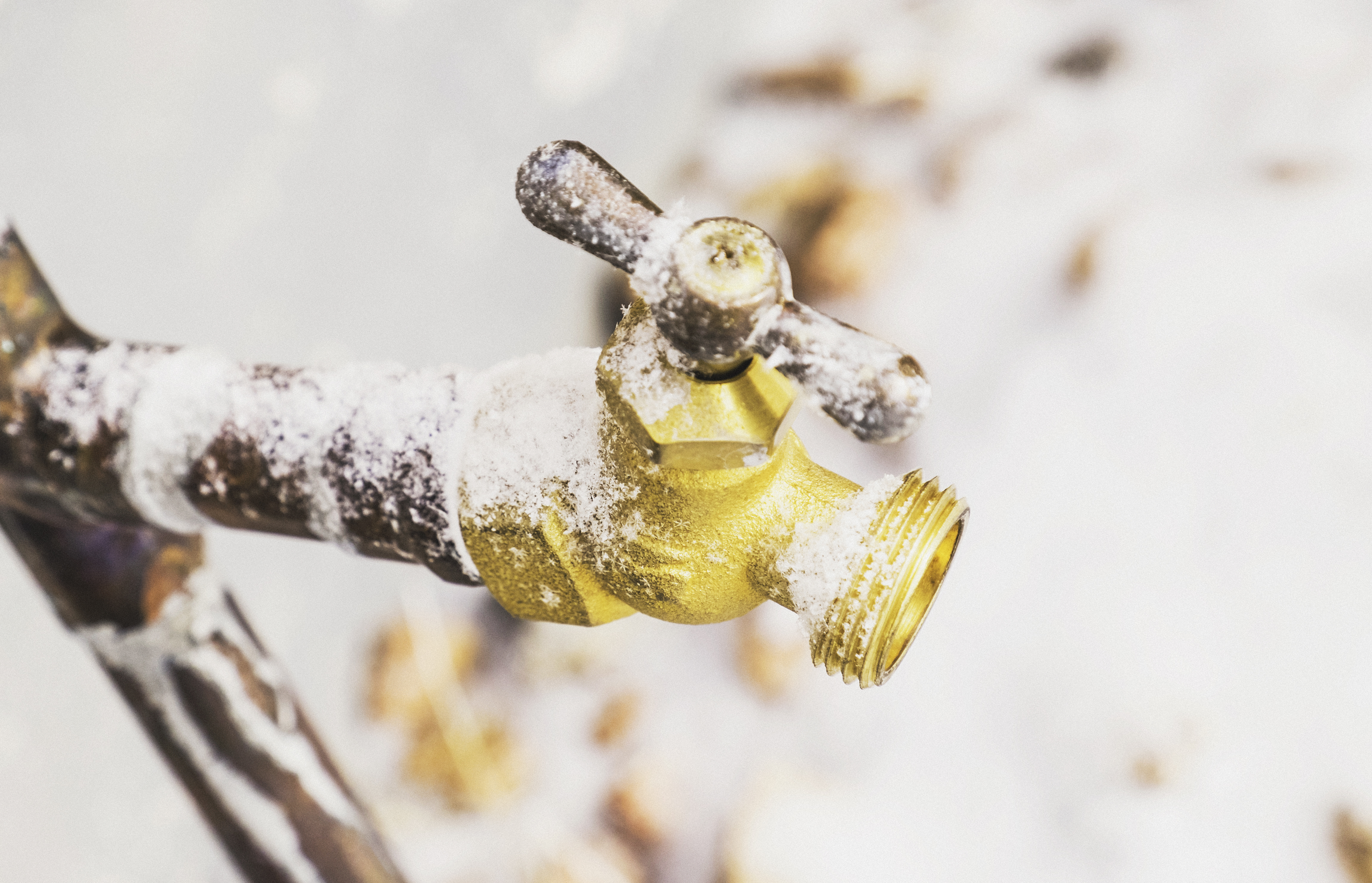Here in Chicago winter temperatures can get bone-chilling cold. It is important to winterize your home not only to avoid a plumbing catastrophe, but also to make sure your home is as energy efficient as possible. These tips can save you time, money and hardship.
Make sure you change your furnace filters on a regular basis. This is easy to forget, and often forgotten. It is important to replace or clean furnace filters once a month during the heating season. Dirty filters will restrict airflow and require more energy therefore increasing your energy costs. In addition, this increased “wear and tear” can take a toll on your furnace causing you to repair or replace a furnace sooner than you should have to.
Winterize your outdoor hose spigots and hoses. Be sure to shut off the water supplies inside your home that lead to the spigots that go outdoors. This is a common mistake people in Chicagoland make according to local Chicago plumbers – Morning Noon Night Plumbing & Sewer. Often time people fail to disconnect their homes hoses and shut off their homes water supply lines. Water left in hoses will freeze and expand causing connecting faucets and pipes to freeze and rupture. In addition, it is important that you know where your home’s main water shut off valve is located and where the water supply line shut off’s are located for all your outdoor spigots. In the event of a plumbing emergency the quicker you get the water shut off to prevent further damage the better.
Insulate your homes water pipes. This is especially important for any water pipes located near the elements. Pipes located in a garage, crawlspace, or near the exterior of a basement foundation should be properly insulated to help avoid the chances of these pipes freezing and possibly bursting. You can get pre-slit pipe foam at most hardware stores. Cut it to size and fasten in place with duct tape.
Manage your thermostat. It’s easy to forget to turn down the heat when you leave the building, but by doing it, you can save energy and money. For example, if nobody is typically home from 9AM – 3PM during the day – set or program the thermostat to a lower temperature. The same can be done at night during normal sleeping hours.
Use Caulk, Weatherstripping and plastic when needed. For just a few dollars, you can buy a window insulation kit and any hardware store. This can a add a buffer against drafts and can give a nice boost to your home’s ability to hold heat. Home leaks can hurt your homes energy efficiency according to the U.S. Department of Energy. Use caulk and weatherstripping to seal and holes, cracks or gaps in the exterior walls of your home.




